Who was “Crusher” Casey? In the 1940s and 50s, Steve Casey and his brothers Jim and Tom were perhaps Riverside’s best oarsmen, and they were certainly the most colorful. The three grew up with four other brothers and three sisters in Ballough on the Sneem in County Kerry, Ireland. (It’s worth Googling Sneem for the views) In keeping with rowing’s long association with pugilism, all seven brothers excelled as wrestlers and boxers but their first love was rowing and they raced successfully in Ireland during the 1930’s. Representing Ace Rowing Club in the coxed fours at the AllEngland Rowing Championships in 1936, Steve, Tom, Paddy and Mick won a Berlin Olympic berth, only to be disqualified for having taken money for wrestling.
Steve Casey, accompanied by Tom and Jim, arrived in Boston in 1938 to compete in the world heavyweight wrestling championship at the Boston Garden. He won and would hold the title until 1947. Looking for a place to row, the three brothers gravitated to Riverside, the club with the Irish and the boxing pedigrees. Soon known as “the famous Caseys,” in 1940 they issued a challenge through The Boston Globe to any four in the country to race them on the Charles. They were to be joined by another brother once the challenge was accepted. After watching the Caseys train, however, no one responded until Union Boat Club’s former national champion sculler Russell Codman, Jr., by now 45 years of age, agreed to a singles race. The Boston Globe sponsored the event, offering $1,000 in prize money. Former Harvard oar Governor Leverett Saltonstall put up a cup for the winner. The principals raised $2,000 in stakes. Arranged for November 10, the race attracted an enormous crowd, reported to have included young Jack Kennedy. Tom Casey, age 25 and notorious for his blistering cadence, finished first, Jim was second, Steve third and Codman fourth. Tom is said to have gone on to win every race he entered.
Jim Casey carried on a successful wrestling career and later helped introduce rowing facilities at Clear Lake, Texas. As for Crusher, it is testimony to his popularity on both sides of the Atlantic that his statue stands today in Sneem, while in this country his bars, Casey’s in Boston and Casey’s Too in Hull, were favorite watering holes for locals, Irish immigrants and rowers alike. All seven brothers were inducted into the Irish Sports Hall of Fame in 1982. Their story is told at length in Jim Hudson’s The Legend of the Caseys, the Toughest Family on Earth, Dickinson, Texas, 1990.
By: Dick Garver
Dick Garver welcomes feedback. He can be reached at richardgarver[at]gmail[dot]com

